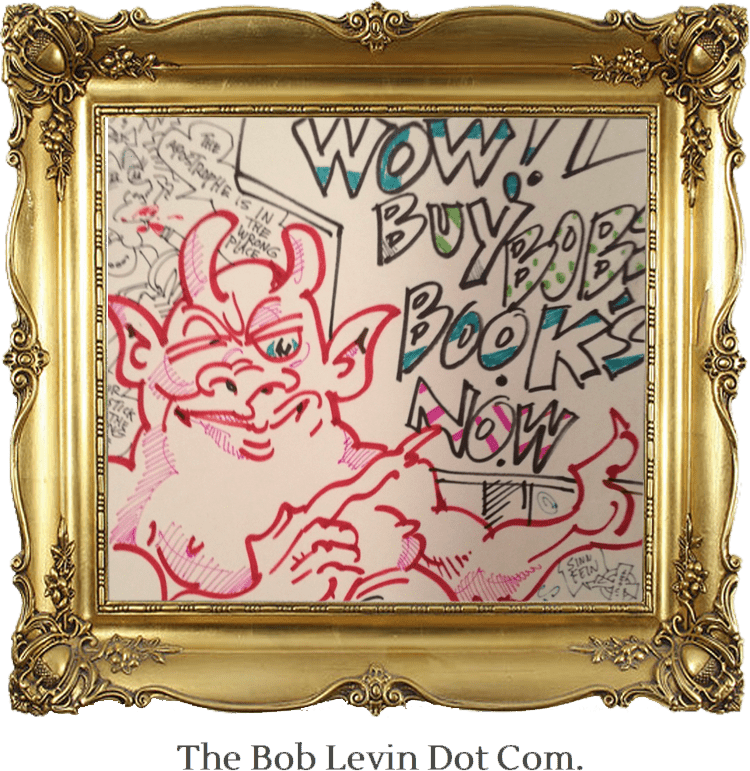…”Some Rain Must Fall,” volume five of Karl-Ove Knausgaard’s “My Struggle.” It picks up shortly after volume four ended, with Karl-Ove entering a writers’ program, and concludes several years later when, not without much intervening drunkenness, despair, and shattered relationships, he has one book out and, after a period of blockage, a second on the way.
The conception — and execution — of this work continues to be compelling. There are passages of stunning power. Unlike earlier volumes, there are no disconcerting time shifts but there continue to be the annoyances of frequent references to Norwegian writers unknown except to other Norwegians and the reappearance without identification to characters who have been encountered before but forgotten. I found it cool to have events that had been explored earlier, like the death of his father and its immediate aftermath to be re-explored from a different point in Karl-Ove’s life, and I liked encountering characters whom, in a traditional novel, you expect a lot more of than what happens here (or in life); but some might find this annoying.
If you’re looking for a 5-600 page novel to read, this would not be a good choice. But if you wanted to read five or six of them by the same guy, start with volume one and keep going.
